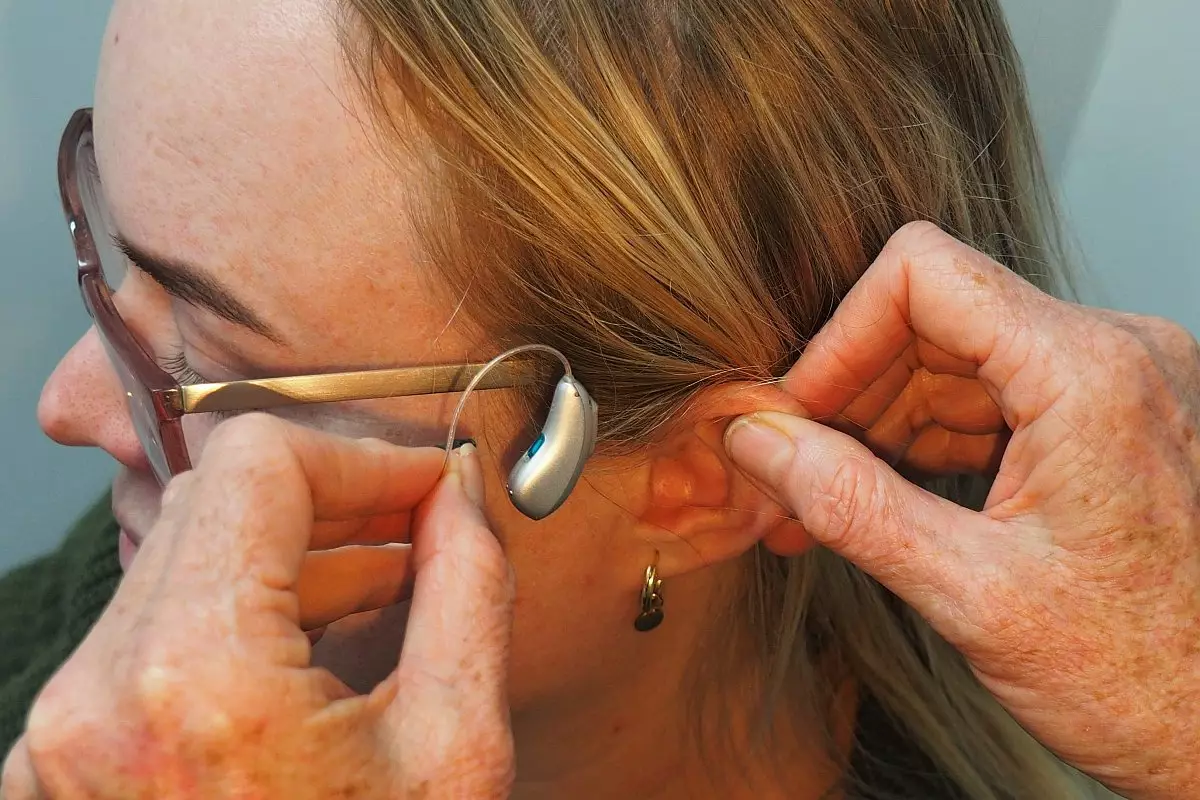In a significant stride towards inclusivity, the Federal Communications Commission (FCC) has recently instituted new regulations mandating that all mobile phones sold within the United States must be compatible with hearing aids. This landmark decision aims to cater to the needs of approximately 48 million Americans living with hearing impairments. By enforcing compatibility standards and establishing volume control benchmarks for mobile devices, the FCC is addressing a long-standing gap in accessibility, ensuring that individuals with hearing loss can enjoy better communication and engagement in an increasingly digital world.
The development of these regulations was not an isolated endeavor; it stemmed from extensive collaboration involving the Hearing Aid Compatibility (HAC) Task Force. This task force encompassed a diverse group of stakeholders, including smartphone manufacturers, research institutions, service providers, and individuals who experience hearing loss. Through this collaborative approach, the FCC sought to gather insights and feedback from various perspectives, ultimately shaping a rule set that reflects the varied needs and challenges facing this demographic.
The requirement that “100 percent of all mobile handsets” be hearing aid compatible stands as a pivotal measure in the mission to enhance communication for those affected by hearing loss. This proactive move shifts the responsibility to manufacturers, compelling them to prioritize compatibility in their designs and ensure that any new mobile device in the market can facilitate effective communication for all users.
The implications of these new rules extend directly to mobile device manufacturers. While the FCC indicates that these standards will include a transition period, the absence of a specified deadline places the onus on manufacturers to innovate continually and adapt. Notably, the FCC previously stipulated that 85 percent of mobile models needed to accommodate hearing devices, thus this advance to a complete requirement signals a growing recognition of accessibility as a fundamental aspect of mobile technology development.
Several influential manufacturers have already demonstrated a commitment to this accessibility goal. For instance, Apple has ensured compatibility with all its smartphones initiated from the iPhone 6 series up to the latest iPhone 16, while Google has similarly aligned its Pixel devices with these standards. Samsung has also made strides, with the majority of its Galaxy S and Z series phones supporting hearing aids. Such compliance illustrates not only adherence to regulatory requirements but also a broader commitment to diversity in technology accessibility.
A noteworthy aspect of the FCC’s new regulations revolves around the implementation of new Bluetooth connectivity standards. This initiative aims to eliminate proprietary standards that hinder seamless communication between smartphones and hearing aids. By prioritizing universal connectivity, the FCC seeks to enhance the overall user experience, allowing individuals with hearing losses to access smartphone features that may have previously been complicated or incompatible with their devices.
Moreover, the FCC mandates that manufacturers clearly label their devices for hearing aid compatibility, providing crucial information to consumers. This transparency is essential, ensuring that potential buyers can make informed decisions regarding their technology purchases. Information that articulates compatibility, compliance with emerging standards, and the smartphone’s volume capabilities offers consumers a comprehensive understanding of how these products align with their personal needs.
Looking ahead, the FCC’s regulations encourage innovation that transcends compliance, inspiring smartphone manufacturers to reimagine how technology can serve all users. By integrating accessibility features at the design stage rather than as an afterthought, manufacturers can unearth new avenues for enhancing the user experience, fostering a technology landscape that is inclusive and accommodating to diverse needs.
The encouragement of progressive practices in mobile technology design points towards a future where accessibility is woven into the very fabric of device development, ensuring that individuals with hearing loss are no longer sidelined but are welcomed into the digital conversation.
The FCC’s recent adoption of these accessibility rules marks a pivotal moment in the journey towards an inclusive technological environment. By establishing consistent guidelines for mobile manufacturers, promoting essential collaboration, and prioritizing consumer transparency, the commission is setting the stage for a more equitable future where every individual can fully engage with the ever-evolving world of technology.


Leave a Reply